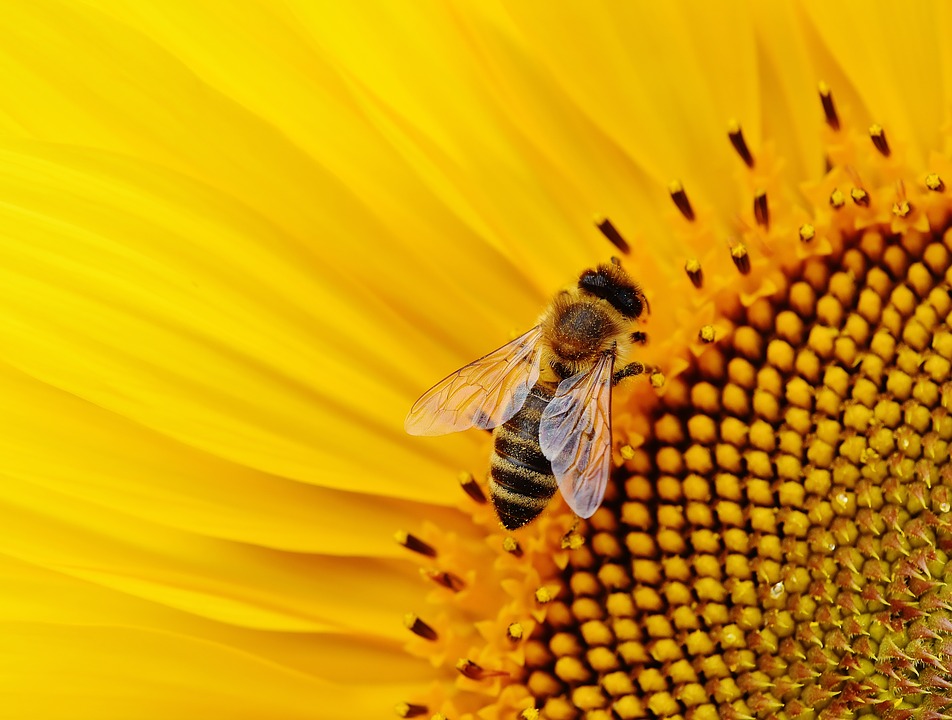A new research done by an international team of scientists claims that evidence of 27 previously unknown viruses in bees has been found. According to scientists, this discovery will help prevent the spread of the viral pathogens in bees. The results of the study were recently published recently in the journal Scientific Reports. For the research scientists collected various samples of DNA and RNA from approximately 12 species from nine countries. Both the nucleic acids are responsible for the synthesis of proteins. The team developed a new high-throughput sequencing technique to investigate the previously undetected viruses. High-throughput sequencing technology utilizes automation technology to detect important biological processes that conventional cell biology methods otherwise cannot detect.
David Galbraith, a research scientist at Bristol Myers Squibb said, “Populations of bees around the world are declining, and viruses are known to contribute to these declines. Despite the importance of bees as pollinators of flowering plants in agricultural and natural landscapes and the importance of viruses to bee health, our understanding of bee viruses is surprisingly limited.” Had the researchers used the conventional molecular tests to detect the viruses, they would not have gotten such detailed and fruitful results. Zachary Fuller, a postdoctoral student at Columbia University and a graduate of Penn State University explains, “With our method, they [researchers] can sequence all the viruses present in a sample without having any prior knowledge about what might be there.”
According to Fuller, now that the cost of high-throughput sequencing is decreasing, other researchers can also utilize the technique for future studies to get better results when identifying viruses in bee populations. “Although our study nearly doubles the number of described bee-associated viruses, are undoubtedly many more viruses yet to be uncovered, both in well-studied regions and in understudied countries,” continued Fuller. The results of the study could also help prevent pathogens that affect plants as one of the viruses is quite similar to one virus that affects plants. Researchers also noted that these viruses were not limited to one specific species of the bee population, instead, some of the viruses found to affect various species of bees like honey bees and bumble bees. Galbraith explains, “This finding highlights the importance of monitoring bee populations brought into the United States due to the potential for these species to transmit viruses to local pollinator populations. We have identified several novel viruses that can now be used in screening processes to monitor bee health across the world.”

